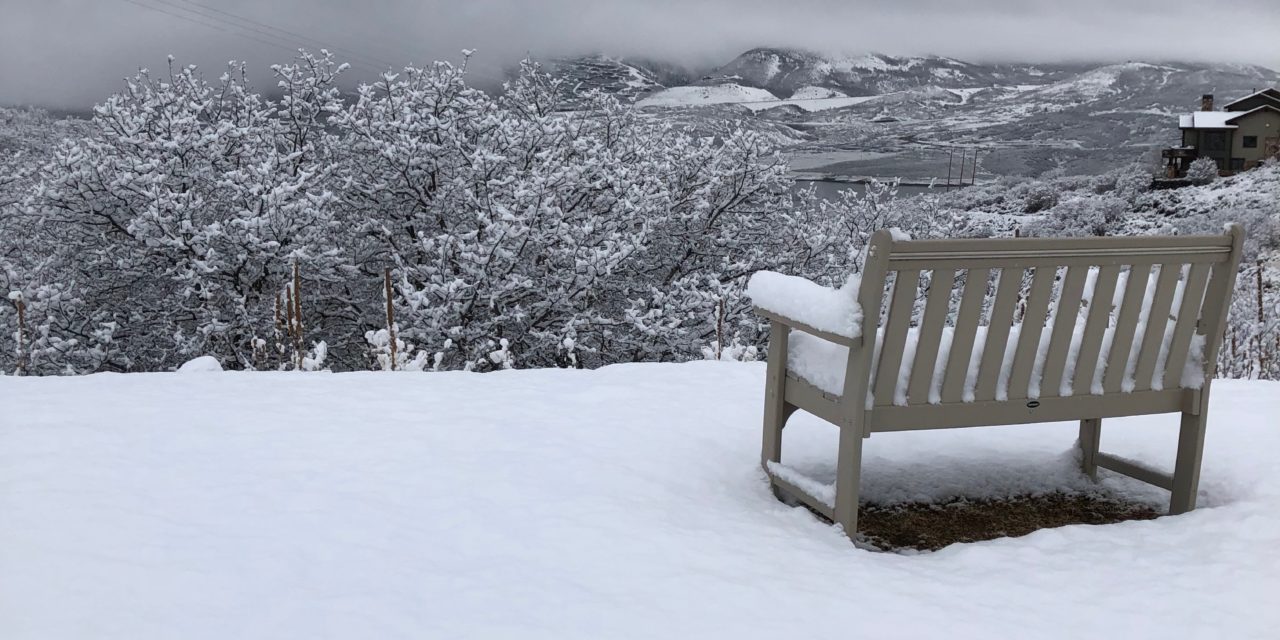I’m sitting here looking out my window at the newly fallen snow. And yet, today is the Spring Equinox. I love the weather or the change in weather. I find it refreshing. But I am ready for Spring and lots of sunshine.
I like to study the sky and the Earth (I’m always collecting rocks and reading about geology). Every year I read something about the Spring Equinox. Two years ago I was reading about Julius Caesar and the Spring Equinox, which naturally led me to why the calendar evolved from the Roman Calendar to the Julian Calendar to the Gregorian calendar.
The meaning of the word “Equinox.”
The name “Equinox” is a late Middle English word, derived from the Old French word, “equinoxe” and the Latin “aequinoctium,” which is derived from two names: “aequi-” ‘equal’ + “nox,” noct- ‘night.’
So, we have an “equal night.” But not equal, as you will see.
What is the Equinox?
“Equinox” refers to the exact time at which the sun crosses the celestial equator, when day and night are approximately of equal length (thus “equal night”). But they are not equal in reality. The equinoxes fall on about September 21st or 22nd and March 20th or 21st. Depending on where you are on the globe, one date is for the Spring Equinox, and one is for the Fall Equinox. Those are also called the Vernal Equinox (Spring) and the Autumnal Equinox (Fall). We use these two dates to mark the beginning of the Spring Season and the Fall Season. Also called the planting season and the harvesting season in agriculture.
In the northern hemisphere, the Spring Equinox is the March date. In the Southern Hemisphere, the Spring Equinox is the September date. We have different seasons depending on where on the Earth you live. Spring here, and Fall down-under. Fall here in September, and Spring down-under. The Northern Hemisphere is the half of the globe that’s north of the equator. It includes North America, Central America, Europe, most of Asia, part of Africa, and a small portion of South America. The Southern Hemisphere is the half of the globe that’s south of the equator.
Julius Caesar, Pope Gregory, and Spring Equinox
Julius Caesar introduced a calendar on January 1, 45 BC, instead of the original Roman calendar based on the moon and the seasons (ref). The Julian calendar (named after Julius Caesar) was based on the solar year instead of the lunar year. Four seasons and 365 days
- Winter, 90 days (91 in a Leap Year): January (31 days), February (28), and March (31)
- Spring, 91 days: April (30), May (31), and June (30)
- Summer, 92 days: July (31), August (31), and September (30)
- Autumns, 92 days: October (31), November (30), and December (31)
And the equinoxes and solstices–
- The winter solstice was December 25
- The vernal equinox, March 25
- The summer solstice, June 24
- The autumnal equinox, September 24
However, in 1582 Pope Gregory XIII introduced his Gregorian calendar for several reasons:
Since the Roman emperor’s system miscalculated the length of the solar year by 11 minutes, the calendar had since fallen out of sync with the seasons. This concerned Gregory because it meant that Easter, traditionally observed on March 21, fell further away from the spring equinox with each passing year.” History.com
How do we determine the Spring Equinox today?
Today, we calculate the Spring Equinox astronomically and mathematically. So sometimes it falls at a precise time on March 20, and sometimes March 21.
It’s an excellent time to find East and West — where the sun rises and sets on the day of the Spring Equinox. No matter where you are standing on the Earth — the sun will rise Exactly East.
When was the word “equinox” first used in literature?
According to the Oxford English Dictionary (OED), we find the words “Spring Equinox” in a History Book in 1601:
Now as touching Ach or Parsley, the manner is to sow it immediatly after the Spring Equinox in March. (P. HOLLAND tr. Pliny Hist. World II. XIX. viii. 29)
And in 1868 in an Irrigation Journal:
The irrigating year..is divided into two seasons, the summer and winter: the summer includes from the spring to the autumn equinox. (C. C. SCOTT-MONCRIEFF Irrigation Southern Europe 323)


